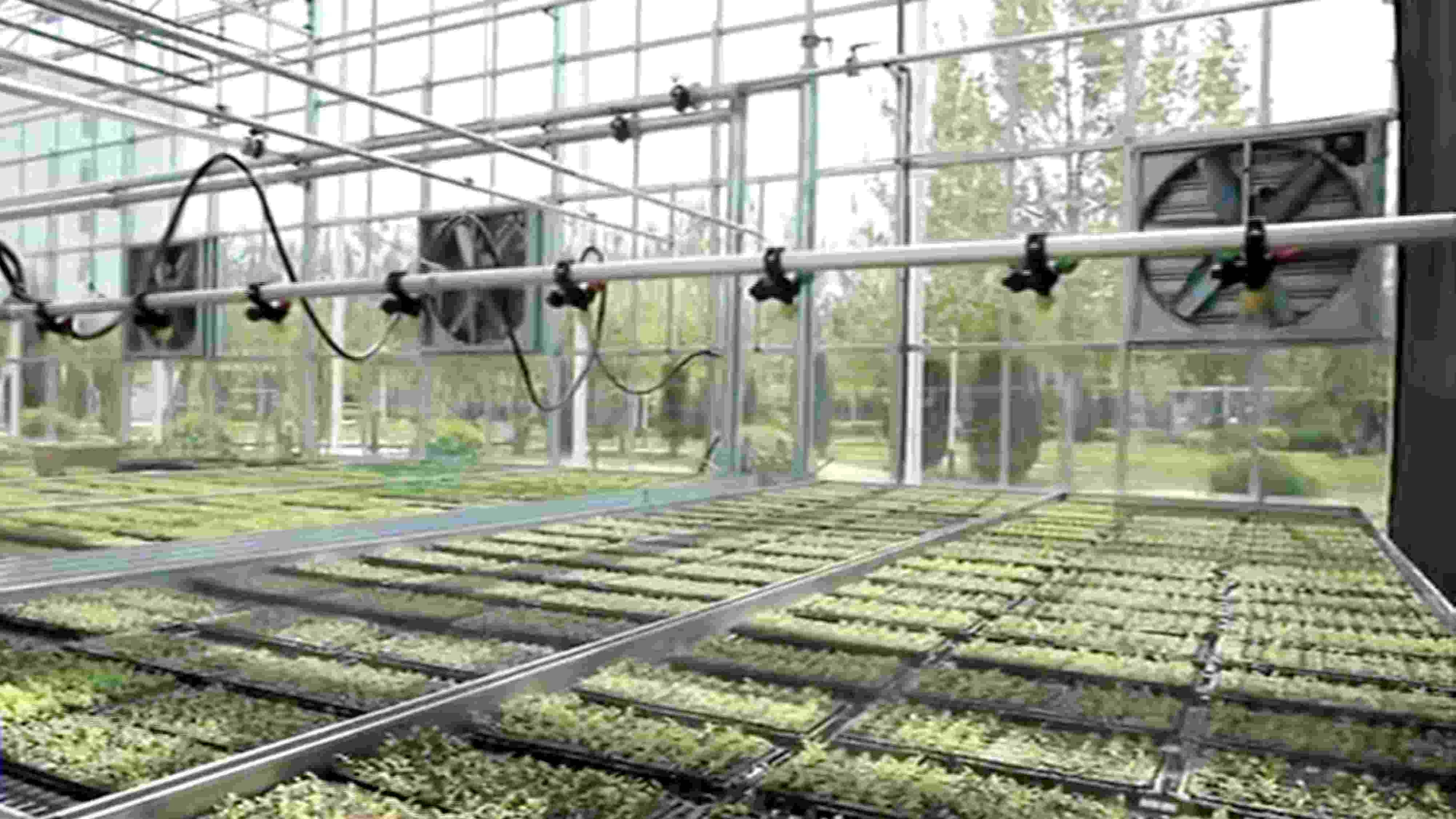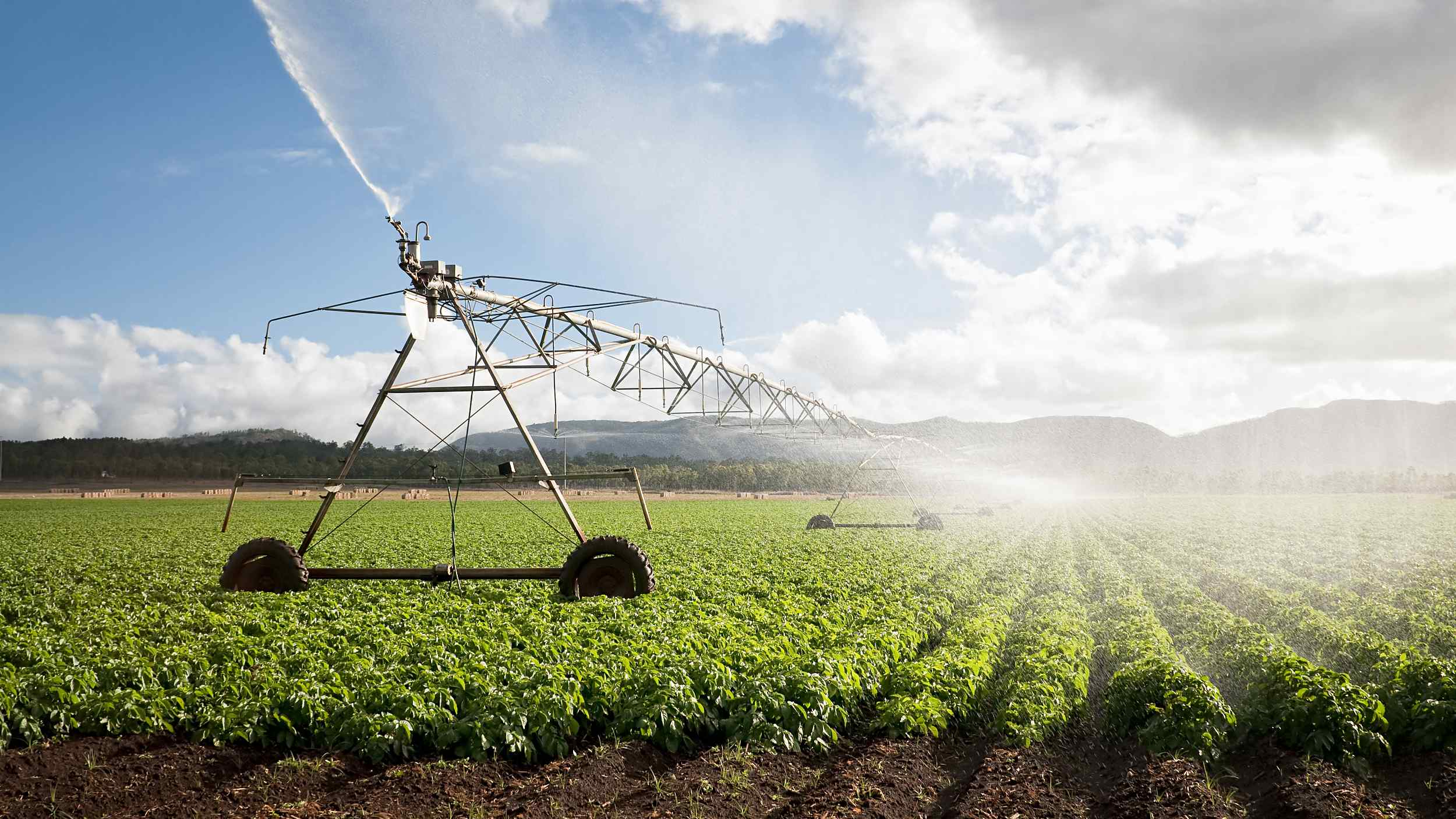
Technology
16:21, 20-Feb-2019
China's rural development in irrigation: Bringing new tricks to old tech
Updated
16:49, 20-Feb-2019
By Shang Jianglong
02:20

Beyond taking care of rural residents, creating a sustainable agricultural future is another key goal of the Chinese authorities, and water conservation is crucial to those efforts.
Crops can't grow without water and saving water is a key goal for farmers all over the world. In the past, irrigation focused mainly on providing enough water. But these days, irrigation is more like an art of how to efficiently use every drop of water.
Unbalanced and insufficient water availability is the core issue that restricts China's agricultural development, and water-saving technology can solve the problem for agricultural production.

Irrigation nowadays is more like an art of how to efficiently use every drop of water. /VCG Photo
Irrigation nowadays is more like an art of how to efficiently use every drop of water. /VCG Photo
This is how it works. Irrigation tubes enable pumped or pressurized water to drip slowly, helping to achieve water conservation by reducing evaporation and deep drainage.
Considering the various growth habits of different crops, the tubes are either allotted from above the soil surface or buried below.
All these different methods aim to achieve the same thing: to provide the exact amount of water that crops need.
Scientists have figured out how to adjust water, fertilizer, light and heat. Through an irrigation system and intelligent software platform, they can control these unstable elements. Agricultural production doesn't need to rely on natural weather anymore.
In China, drip systems often mix liquid fertilizer with irrigation water, called fertigation. It saves not only water and fertilizer, but also labor costs.
A more advanced way is combined with the Internet of Things. By detecting water, the water circulation system ensures an appropriate fertilizer amount in water coming in. A few clicks on the mobile app, and you'll get automatic fertigation anytime you want.
The Chinese minister of agriculture says farming is traditionally considered a hard job, but with progress in science and technology, it will become more attractive.
With increasing research and development funding, technology has flourished in China's agricultural sector. The contribution rate of scientific and technological progress rose to 57.5 percent in 2017. Annual grain output has stabilized at 600 million metric tons.
And that's just the beginning. The country is determined to play a more important role in the critical field of global agricultural innovation.

SITEMAP
Copyright © 2018 CGTN. Beijing ICP prepared NO.16065310-3
Copyright © 2018 CGTN. Beijing ICP prepared NO.16065310-3